Film Review - Blue Beetle
Images courtesy of Warner Bros. Pictures.
The superhero origin story is a formula ingrained in pop culture. Most people have seen at least one iteration of the trope featuring various DC or Marvel comic book characters - so, can DC’s Blue Beetle challenge this formula? Or do they instead use it to their advantage and try to extract something different?
Angel Manuel Soto’s Blue Beetle marks the first superhero feature in James Gunn and Peter Safran’s infamously talked about new DC Universe. The film begins with 22-year-old Jaime Reyes, returning home after studying pre-law at Gotham Law School (IYKYK). His hopes of ‘rescuing’ his family financially are crushed when he learns their financial woes are worse than he realised. Refusing to go to law school, Jaime instead picks up a job cleaning Victoria Kord’s house, the big bad of this film. Standing up for Kord’s niece, Jenny Kord, Jaime is fired and as a result tries to get a job from Jenny herself. Instead, he finds himself in possession of a take-out box containing an iridescent blue/green bug called the Scarab. This unearthly creature attaches itself to Jaime in his family home in a horror-like scene. After the gruesome transition, Jaime discovers Khaji-Da (voiced by Becky G), the name of the Scarab who is designed to protect and help Jaime. Victoria Kord is hell-bent on retrieving the scarab and using it to build a super-powered army, putting Jaime, Jenny, the Reyes family, and predictably the whole world, in danger.
The usual superhero themes of destiny, loss, sacrifice, and responsibility are prevalent. However, what sets Blue Beetle apart is the exploration of themes such as class division, family and a focus on Latin American culture. Cobra Kai’s Xolo Maridueña is a perfect casting for Jaime Reyes and the titular role of the Blue Beetle. He is a necessary blend of charismatic and funny that brings the character to life. However, the true star of the film is its ensemble cast, most notably the entire Reyes family. Jaime and his family bounce off each other seamlessly creating a realistic and enviable family dynamic. The film’s impact could not be achieved without the family cast, and each character had a notably important role to play throughout the action film and especially during the final fight.
Another asset in Blue Beetle’s arsenal is their use of practical effects and real locations, as opposed to large studios’ usual dependence on blue and green screens. Director Angel Manuel Soto describes his desire to use practical effects and practical locations to enhance the immersive feeling of the film, so much so that the third act fight at the Kord Industries fortress was actually shot at a 500-year-old fortress in Puerto Rico. The Blue Beetle suit itself was mostly a practical suit that was instead enhanced digitally to add the fantastical/sci-fi feel. It explains how the suit looked like it truly did come from Jaime’s body fitting him like a second skin, all adding to the escapism the audience feels while watching.
Initially, Warner Brothers planned on releasing Blue Beetle exclusively on HBO Max, opting out of a theatrical release. However, Angel Manuel Soto passionately advocated for the film to reach theatres and be shown in IMAX was the right call for a film so deserving of a theatrical release.
Is there anything formulaically different about this origin story? No, not really. But it’s the direction and execution of Blue Beetle that sets it apart from the others. The ensemble cast, more unique themes and the Latin American elements which gave the film a sense of authenticity and warmth. The film’s ending and mid-credit scene (essential for a comic book superhero film now) leaves an opening for Jaime and his family to return for a sequel and the room for a prequel/spin-off featuring Kord’s human weapon and eventual ally of Jaime, Carapax. Blue Beetle is peak escapism and enjoyment, setting an interesting tone for where James Gunn and Peter Safran take the DC universe next.
Blue Beetle is screening in cinemas now. For tickets and more info, click here.

